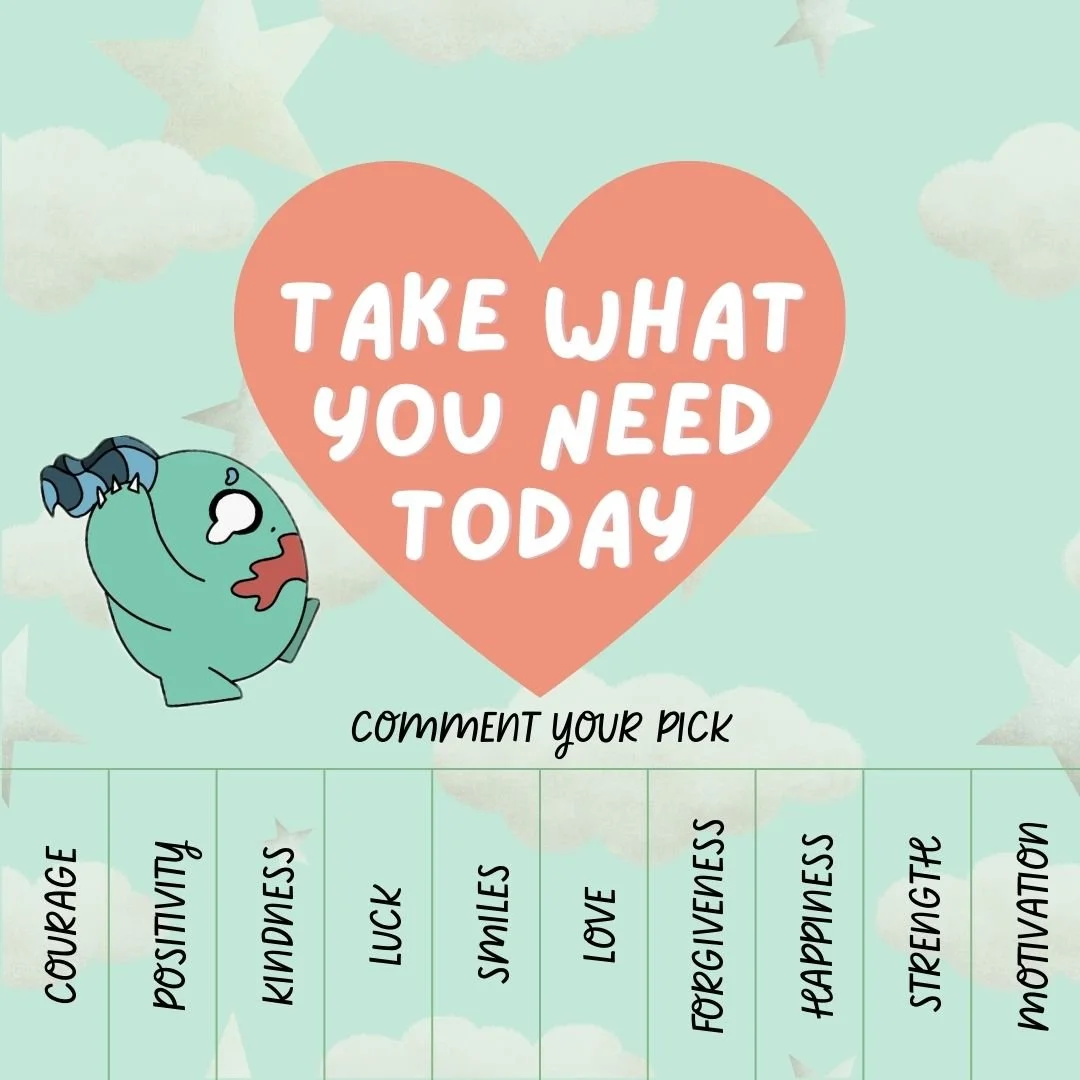Flexible Thinking or Trying On a New Mindset
Written by Stella W.
Concept
Sometimes, our thoughts shape our experiences and behaviors. By "trying on" a different mindset, we can temporarily adopt a new way of thinking, which can lead to a way of looking at our problems.
Steps Involved
1. Identify Current Mindset. What are your current thoughts and feelings about a situation?
Example: Ask yourself, "How do I feel when I have a big test coming up?" to see if you feel anxious, unprepared, or maybe even confident about it.
2. Choose a New Mindset. Choose a new mindset that could help in the situation. It can be a role model, a favorite sports player, singer, or even a movie/cartoon character you admire. Choose your fighter! It can be as silly as trying on the mindset of a quadruple scoop ice cream cone.
Example: Suggest, "What if I were Ironman, Would he be worried about this test?"
3. Visualize and Embody the New Mindset. Imagine what it would be like to adopt this new mindset. How would you think, feel, and behave differently? How would you respond to certain problems? Maybe you wouldn’t even care about them. Visualize yourself in situations acting with this new perspective.
Example: Imagine walking into the classroom as Ironman feeling confident and prepared for the test (maybe even a little excited? Okay, probably not).
4. Practice the New Mindset. Create role-play scenarios where you can practice the new mindset in a safe and supportive environment. This might involve changing self-talk, approaching challenges differently, or interacting with others in new ways.
Example: Role-play a situation where you have to present a project to the class, using the confident mindset of Ironman. Did it go better than it would have with your previous mindset?
5. Reflect and Adjust. After trying the new mindset, think about how it felt and what you noticed. Did it lead to positive changes? What worked well, and what didn't? Use this reflection to fine-tune the approach and keep some of you in the mix.
Example: Ask, "How did it feel to think like Ironman during the test? Did it help me feel more confident?"
6. Continue to use your new mindset:
By adopting a new mindset, it encourages new ways to approach problems so new solutions and strategies can emerge. It also fosters greater self-awareness and an understanding of how thoughts and beliefs can influence emotions and behaviors.
Schoolwork and Tests
If you feel anxious about tests, “try on” a mindset of curiosity and excitement about learning instead of fear of failure.
Social Situations
For social anxiety, “try on” a mindset of friendliness and openness, imagining how you would feel as someone who makes friends easily.
Sports and Activities
In sports, you can “try on” a mindset of perseverance and determination, visualizing yourself as an athlete who never gives up.



